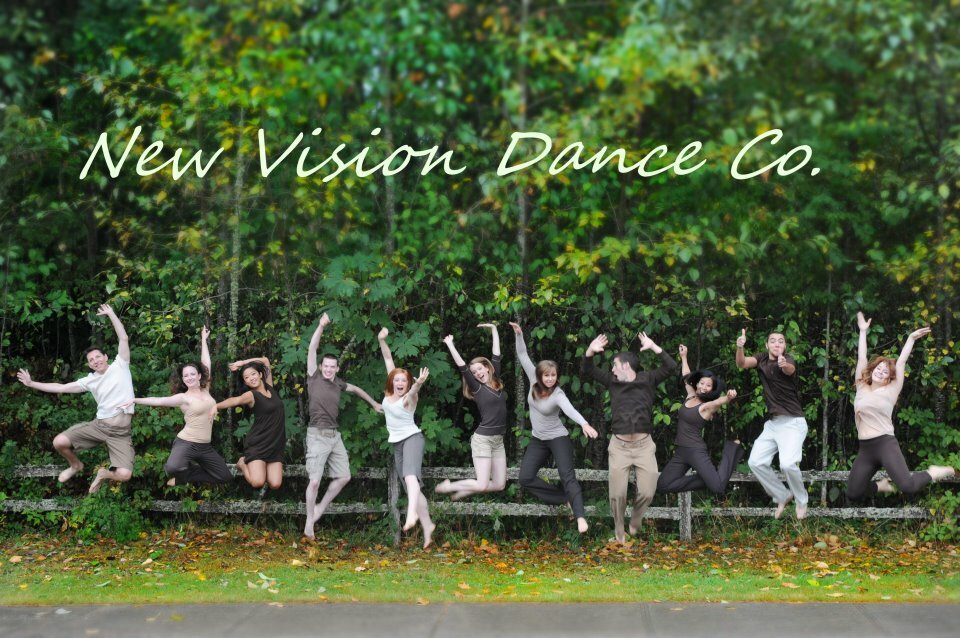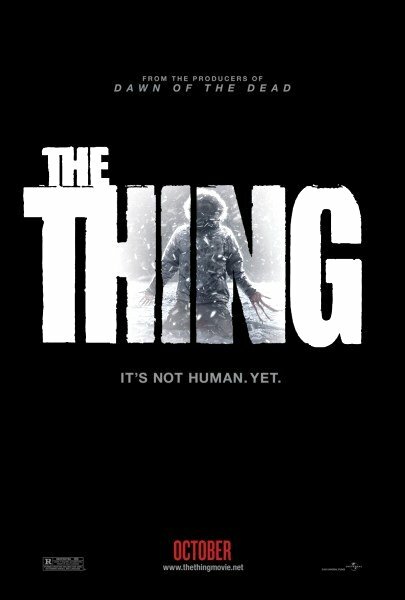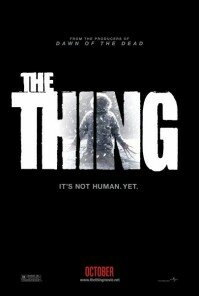“This is BLOW-FLY the MASTER CLASS/My DICK is TOO BIG to fuck a HUMAN’S ASS, I fuck ANIMALS/Like I did in the PAST…I’m the SCUMBAG FUCKER of the HU-MAN RACE I fucked PREDATOR/Bust my NUTS in his face…”
…And I could go on. And Clarence Henry Reid, Sr., aka Clarence Reid, aka Blowfly, certainly does go on. Mr. Reid may or may not have invented a substantial part of music as we know it (more on that below) but he comes off (ouch) resplendent in a cape-and-cowled superhero’s outfit, spewing obscenities in rhyme, as Jonathan Furmanski’s “The Weird World Of Blowfly” documentary follows him through one-night stands spanning the globe.
New to the phenomenon? You aren’t alone. One of my favorite avant-gardists drew a blank at the name (and Scott Walker too, even). I consulted with one of the web’s leading chatbots, who/which countered my “You’ve never heard of Blowfly?” with, and I quote, “I welcome death, he stay away from those who yearn it.” Whew. (Blow)flies in the ointment, thinks me.
So start out with “Rap Dirty,” possibly the first rap ever recorded. Trucker-laden CB ambiance made that tune somewhat of its ’70s era; tales of transvestism, treachery, and vengeance over the KKK evoked older stories, misty myths, Staggerlee molded into one insistantly stinky urinal cake (“the Grand Dragon was lyin’ on the floor and his ass was bloody/I looked at him said ‘TEN-FOUR GOOD BUDDY!”).
Reid was not always the sum of his alter ego. He wrote songs for Betty Wright, Sam & Dave, KC & The Sunshine Band, and many others. Then he sold away his publishing rights for a pittance. He seems aware that he made a bad call, but reminds Furmanski’s camera, “A million dollars tomorrow, if you can’t get two hundred dollars today.” This blunder informs everything we see and hear over “Weird World”‘s 89 minutes.
So we see Reid struggling to get into his superFly outfit. We see a kindhearted go-go dancer stitch him a new cowl (the old one, so the story goes, go snatched right off his head mid-concert, and was never seen again). We watch him dragging his bad knee down the street. We watch him quarrel and shout with his manager, who plays drums in the Blowfly band, wearing Uncle Sam drag, and talks about needing to “build the Blowfly brand.” We see German concertgoers throwing stuff and and jabbing their thumbs downward. Reid isn’t bothered. He survived touring through deep Georgia. We watch a reporter ask him if he was trying to amuse those white folks when he started out as a child, putting dirty lyrics to country songs: “No. I was trying to piss’em off. It backfired.”
We see Reid playing the Blowfly card because it is the only card left to him. And though his once-supple voice comes out in a rasp, though his legs pain him under their glittering trousers, he knows enough showmanship to smile. To borrow a few lines from Paul Laurence Dunbar, the (weird) world sees only him while he wears the mask. Which is more powerful, the wretched necessity for that mask, or the healing balm its humor provides? Watch at SIFF Cinema this week and decide for yourself.



